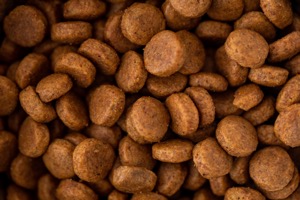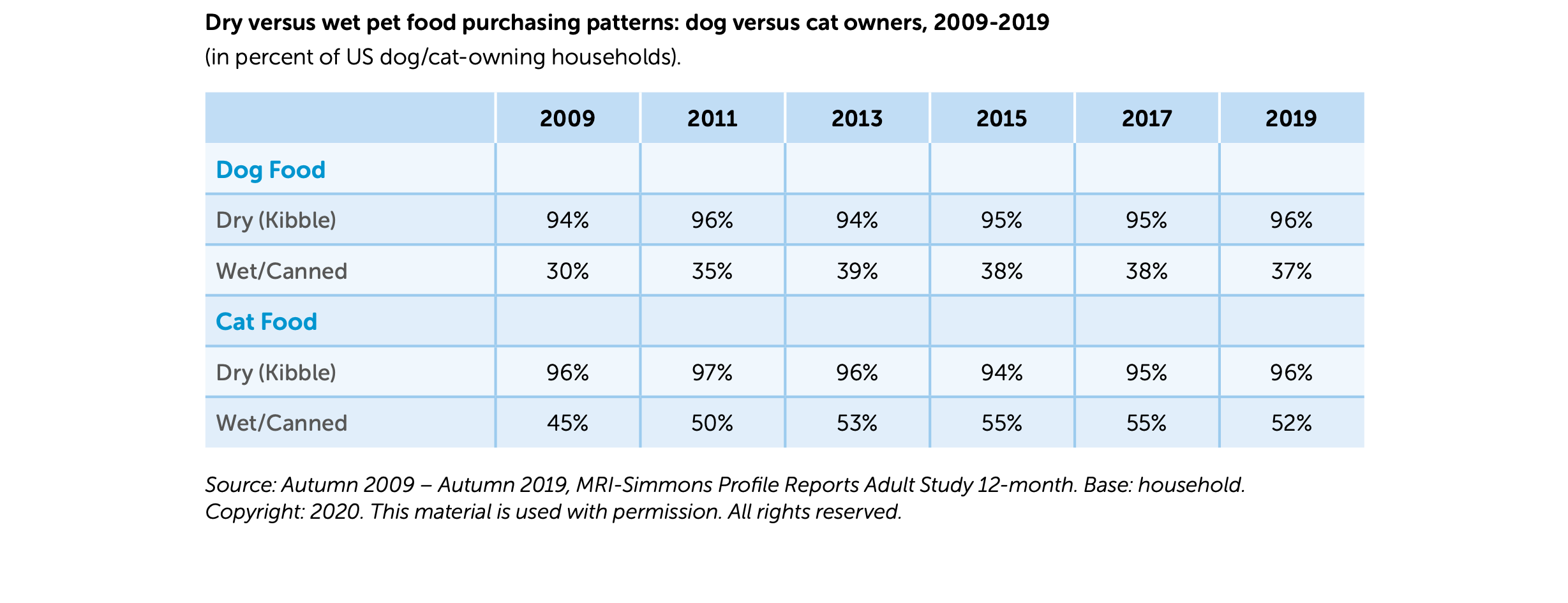Pet food trends and paradoxes in the US

E-commerce was again the fastest growth channel for pet product sales during 2019, growing 26% to reach $12.3 billion (€11.5 billion), with pet food accounting for $8.2 billion (€7.6 billion). However, there are some paradoxes.
Two paradoxes
Within the pet product industry, there is a paradox in relation to pet food formulation/nutrition and pet health. The pet industry offers ‘mass premiumisation’ based on special ingredients and effects on the pet. A regular pet retailer has no shelf space to offer such premiumisation products to the end consumer. E-commerce has now helped to demolish the walls between the pet specialty channel and the mass market. This has unleashed a stream of pet specialty products into mass-market channels, pumping up pet food sales at Walmart and other supermarket chains. The paradox is that the mass market now has the edge over the pet specialty channel in sales growth.
A second paradox is that despite the tidal wave of specialty pet foods, old-school kibble continues as king of the pet food segment. Consumer survey data from Simmons Market Research shows that fully 96% of dog owners in the US bought dry dog food in 2019, up slightly from 94% in 2009. Use of dry cat food is, similarly, all but universal.
Most important claim: ‘Made in the USA’
Despite the market sturdiness of kibble, the market continues to tilt towards specialty formulations and differentiating claims. Packaged Facts’ February-March 2020 Survey of Pet Owners shows that, among dog and cat owners, only 42% identified themselves as using regular/adult formula pet foods. Among dog or cat owners who had changed pet foods in the last 12 months, only 33% of dog owners and 26% of cat owners switched to what they classified as a regular/adult formulation.
The pet food claim most important to US consumers is: ‘Made in the USA’. To put this in perspective, pet foods with a ‘Made in the USA’ claim draw a higher percentage of dog food customers than regular/adult formulations do (49% versus 42%).
DCM
Despite the popularity of ‘grain-free’, this has been more of a competitive trump card for natural pet food marketers than an inherent priority of pet food customers. Given the current concerns about the disease dilated cardiomyopathy (DCM), pet specialty marketers and retailers are emphasising science formula brands such as Hill’s and Royal Canin. Adding to the current market paradoxes is therefore that science formulas are now posting greater growth due to the natural pet food segment’s entanglement with grain-free.
Consumer priorities
Along with product safety, what then are the true consumer priorities? Packaged Facts’ survey data shows that three-quarters of dog or cat owners strongly or at least somewhat agree that less processed pet foods are healthier for their pets. Likewise, three-quarters agree that pet foods free of artificial ingredients are healthier, and two-thirds agree that pet foods made from whole foods are healthier.
Mother Nature remains central to what many consumers believe pet food should optimally be. Wet pet foods, as a tried-and-true method of preserving natural nutrition and presenting a more human, meal-like product, are likely to gain in importance in pet food innovation.
The current coronavirus crisis has led to a further surge in pet product e-commerce and to a new advantage to mass marketers such as Walmart and supermarkets that are set up for home delivery or curb-side pickup of groceries, including pet food.


